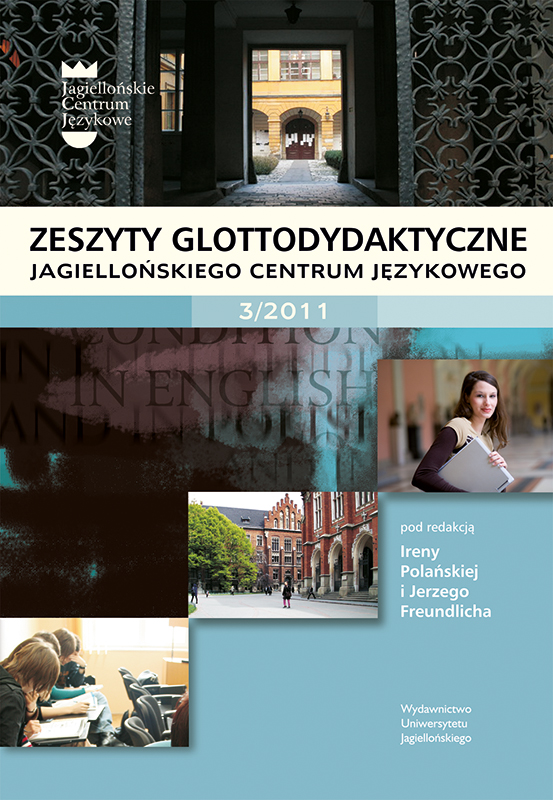Use of L1 and translation in the EFL classroom
Use of L1 and translation in the EFL classroom
Author(s): Jadwiga Topolska-PadoSubject(s): Language and Literature Studies, Foreign languages learning
Published by: Wydawnictwo Uniwersytetu Jagiellońskiego
Summary/Abstract: Firstly, the aim of the present paper is to explore some of the controversy surrounding the use of the student’s fi rst language (L1) in a monolingual EFL classroom. Secondly, it is to suggest translation activities as a way out of the longstanding disagreement between opponents and proponents of L1. The confl ict itself is taking place in academic circles rather than in classrooms, where the use of L1 is still considered unacceptable owing to the predominance of the communicative method in language teaching. eachers are generally not familiar with relatively new methodological indications of how to use L1 in a manner which would not hinder their students’ learning processes. The ongoing academic debate, together with heated arguments for and against the use of L1, has also produced some ideas on when and how to use L1 in language teaching. Given that translation is a skill which should be taught in a monolingual EFL classroom, translation activities provide common ground where the use of L1 is legitimate, meaningful and serves a useful purpose. Finally, in the article I present some of the translation activities proposed by various ELT professionals in order to provide working ideas for teachers of English.
Journal: Zeszyty Glottodydaktyczne
- Issue Year: 2011
- Issue No: 3
- Page Range: 11-25
- Page Count: 15
- Language: English

